06 Jul, 2024
Crude Oil Q3 Fundamental Outlook
Benchmark crude oil prices have been quite rangebound in the past quarter, as indeed they’ve arguably been since at least late 2022. Will the coming three months see any decisive change? Well, that’s likely to depend quite a lot on whether there’s any sign that demand can sustainably pick up to match what looks like very ample and increasing supply. So far, those signs are hard to spot.
Viewed at through the lens of likely global monetary policy trends, a demand pickup seems unlikely. For sure oil prices have been quite resilient to the disappointment that has come with the re-pricing of when interest rates might start to fall in the United States and, by extension, elsewhere. Recall that, when 2024 got under way, markets were expecting multiple rate cuts by now. However, inflation decided not to play ball and hasn’t relaxed its grip as hoped, although it is trending in the right direction. Still, investors will probably be relieved to get just one reduction out of the Federal Reserve by year-end.
The calculus runs that lower rates stimulate economic activity which in turn means higher demand for energy. So, the prospect of higher rates for longer has weighed on crude prices and will continue to. And this market like all others will remain fixed on inflation numbers out of the major industrialized countries, the US in particular.
Traditional Producers Tread a Fine Line
Meanwhile the Organization of Petroleum Exporting Countries and its allies (the so-called ‘OPEC +’ group which includes among others Russia) is attempting to strike a balance between maintaining deep production cuts to support prices and placating members like the United Arab Emirates who’d like to pump more oil.
A complex agreement struck earlier in June will see most cuts extended into 2025, but a so-called ‘voluntary’ proportion of those will start to be phased out from October. For example, this could see Saudi Arabia pumping some ten million barrels per day by the end of next year, from nine million now. That’s a modest increase relative to the estimated twelve million barrels or so the country could theoretically produce, but an increase nonetheless.
Moreover OPEC+ accounts for a smaller proportion of global supplies than at any time since its 2016 inception, according to the Paris-based International Energy Authority. That body has forecast a ‘staggering’ glut of oil relative to demand by the end of this decade, a process it says is already under way.
This is not an environment in which it’s easy to see crude prices gaining much, unless we also see signs that demand in major consumer nations is likely to pick up very strongly. At present we generally don’t. Admittedly the World Bank looks forward to more stable growth than its watchers have seen in the last three nervous years. But mere stability seems unlikely to bring about the supply/demand balance that would argue for higher oil prices, especially with major energy importers like China still struggling with much lower growth than markets have become used to.
Sadly, conflict in both the Middle East and Ukraine seems likely to remain an underpinning for oil prices this quarter. Durable ceasefires between Israel and Hamas and between Moscow and Kyiv remain elusive.
The US crude benchmark has spent most of the last quarter between $76 and $84. That broad band could well endure into the next three months unless we see some solid evidence that interest rates might come down sooner than the markets now expect.
